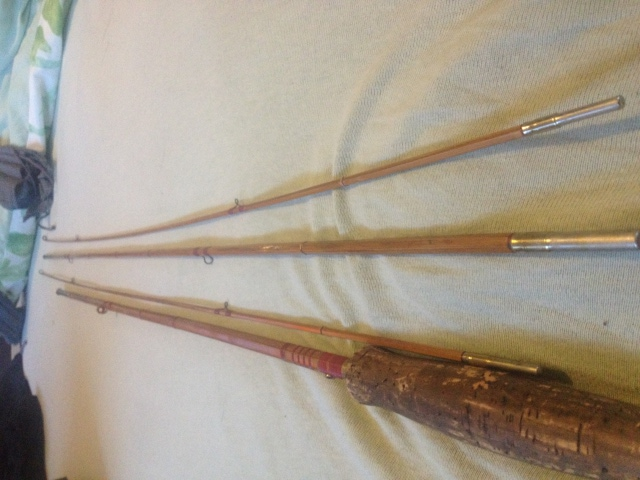1966 Corson
Question
I just put a deposit on this 18' fiberglass Corson a guy has here in Maine - his grandfather bought it new in 1966 (this is actually true) and he says he and his family kept it garaged every winter, which I believe.
The boat's clearly been babied, and the guy re-upholstered it this winter and re-painted the hull. But... it's a 40-year-old boat! Assuming that the boat is, in fact, in v. good condition, can one expect a well-maintained, 40-year-old fiberglass to keep on ticking for, say, another ten years?
Answer
Hi Fred
Thank you for selecting the undersigned to respond to your question. It sounds like you've come across an incredible opportunity, but my concern is at what cost?
Aside from whatever the vendor is selling the boat for, superficially, it may appear to be one heck of a deal. However, you didn't mention what type and hp of engine it has, if any, and whether the deal includes a trailer. Regardless, here's a few aspects to consider before finalizing the purchase.
Fibreglass laminates do deteriorate and will eventually separate with regular usage and stress over a period of time. What is more important is to examine the backbone structure of the hull. In other words, have the wood frame members deteriorated? Most likely, they were encased in fibreglass. It's possible the 2 stringers, running the length of the boat, may have become soft due to moisture trapped within the fibreglass encasement. Often, this is caused by osmossis, wherein water in the bilge seeps through minute holes or cracks or delaminations. Condensation is another method by which moisture builds up within an encased stringer, causing dry rot, which is a fungus or mold. If this boat has inboard/outboard engine, it will be secured to the aft end of the 2 stringers. In addition, there will likely be cross frames that join and support the stringers from warping.
It would be helpful to learn which type of paint the boat was refinished in. Was an acrylic or epoxy paint used? Take a good close look at the rear corners of the hull on the inside edge of the decking to see if there's evidence of hairline cracks that may have been partially filled in by the paint.
Your best bet is to engage the services of a qualified marine surveyor. They can tell you whether any wood core within the hull contains moisture and the degree or percentage of moisture. They'll check the keel to determine if it is warped. If so, walk away from the purchase. They will check the hull/deck joints to determine how well they are secured. Has the electrical system been replaced/upgraded from the manufacturer's initial installation and does it meet current standards? The cost of a surveyor can save you a lot money, from the standpoint of identifying what repairs would be required to ensure the craft is sound and seaworthy, and all associated costs to effect repairs. Safety is an important issue for you and for your passengers. You wouldn't want the boat to break up during the first outing in heavy weather.
Keep in mind, the boat may appear good from far, but may actually be far from good.
Hopefully, the above will give you food for thought.
Safe boating.
Ron
prop problem
boat leaking


